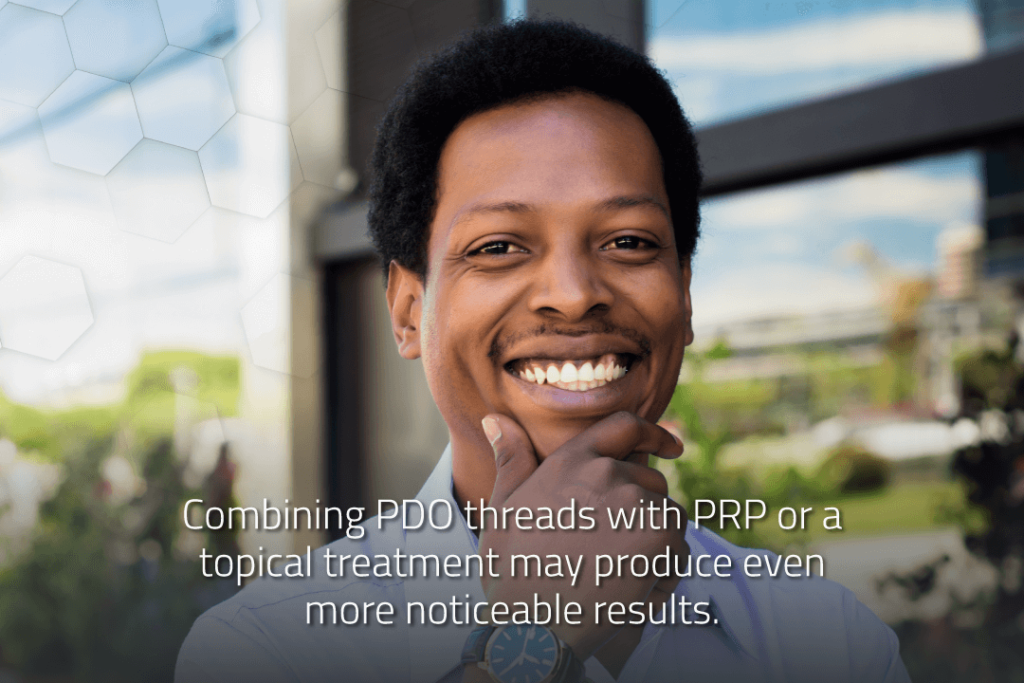Thinning hair can be a complex issue for many individuals, affecting their daily lives. Platelet-rich plasma (PRP) therapy is a treatment used by some people to address hair thinning. Here is more information on PRP’s process, how it relates to hair loss, possible causes of thinning hair, and current insights on its effectiveness:
What Is PRP?
Platelet-rich plasma (PRP) refers to a concentrated preparation of plasma taken from a person’s own blood. PRP contains growth factors and proteins that are naturally found in the bloodstream. These components support healing and tissue regeneration across various medical fields.
This preparation is commonly used in dermatology and cosmetic procedures. PRP’s potential for use in hair restoration is based on its biological properties. Consulting a professional helps determine if this treatment is right for you.
What Is Hair Loss?
Hair loss, also known as alopecia, describes the reduction or loss of hair on the scalp or other areas of the body. It can present as general thinning, bald spots, or complete hair loss in severe cases, but the appearance and progression vary from person to person. Some hair loss is temporary, while other types are long-lasting or permanent. Both men and women can experience hair thinning, but the patterns and underlying reasons are often different.
What Causes Thinning Hair?
Thinning hair can result from multiple factors that affect the scalp or hair follicles. These may include genetics, hormonal changes, stress, medical conditions, and side effects from treatments or medications. Nutritional deficiency and scalp health may also contribute to thinning.
Environmental damage, frequent styling, and certain hair care practices can weaken hair. Weakened hair makes it more likely to shed or appear thin over time. Early identification of the underlying cause helps guide treatment options.
What Is Involved in PRP?
A PRP session starts with a blood draw, typically from the patient’s arm. The blood is placed in a centrifuge machine to separate the plasma from other components. The concentrated PRP is extracted and prepared for injection.
A clinician injects the PRP into targeted areas of the scalp. The process may involve multiple small injections across regions of thinning hair. A series of treatments may be scheduled over several months for effective results. Mild discomfort during injections is possible, and downtime after the procedure is generally minimal.
How Effective Is It for Thinning Hair?
This treatment may stimulate hair growth in some individuals experiencing thinning hair. Growth factors found in PRP may support the function of hair follicles and promote new hair production. The degree of effectiveness varies depending on factors such as age, overall health, severity of hair loss, and existing medical conditions. Individuals interested in PRP are advised to consult with medical professionals to discuss expectations and determine if it is suitable for them.
Learn More Today
PRP is a technique that can have a significant impact on thinning hair. A detailed evaluation by a healthcare provider can help clarify whether PRP aligns with an individual’s needs. If you’re evaluating options for hair thinning, consult a professional for guidance tailored to your specific situation. Reach out today to learn more about PRP and other approaches to hair care.

